Paid search landing pages, though simple enough, in theory, are something that many businesses struggle with. Marketing teams frequently pour all their energies into keyword analysis and bidding strategy, only to ignore their ad landing page. You can drive traffic to a landing page all day long, but if it’s not insightful and user-friendly, you’re kneecapping yourself before you even start.
To help you create paid search landing pages that convert, we’ve put together some paid search landing page best practices and dos and don’ts. But first, let’s clear the basics!
A paid search landing page is a web page visitors ‘ land on’ after clicking a pay-per-click ad. Such landing pages aim to expand on the offers or products appearing in a PPC ad. A conversion-friendly ad landing page is dedicated to a single offer projected through its call to action (CTA).
One of the paid search best practices is to give relevancy priority. A PPC ad and its landing page copy must align with the target audience’s pain points. Marketers should design paid search landing pages focusing on increasing conversions and reducing cost-per-click for a PPC campaign. To determine a PPC ad’s success, the ad’s landing page views vs conversions pattern must be checked. For better results, let’s understand why you should use landing pages for the biggest paid search ads platform, Google.
Paid search landing pages and organic landing pages differ in the way they are generated and how they are optimized for search engines.
All paid search landing pages are created specifically for PPC campaigns, such as Google Ads or Facebook Ads. These landing pages are designed to convert visitors into customers using targeted messages, specific offers, and a clear call to action. Paid search landing pages are typically optimized for a particular set of keywords or phrases and are designed to drive traffic directly from the paid ad campaign to the page.
Organic landing pages, on the other hand, are created as part of a website’s content and are optimized for search engines to help improve the website’s ranking and visibility. These landing pages are created to rank well in search engine results pages (SERPs) and are designed to provide valuable information to visitors searching for specific topics or keywords. Organic landing pages are typically optimized for a wider range of keywords and phrases related to the website’s overall topic or theme.
In short, paid search landing pages are created for specific advertising campaigns and are optimized for a targeted set of keywords or phrases. In contrast, organic landing pages are created as part of a website’s content. They are optimized for a broader range of keywords to improve the website’s overall search engine ranking and visibility.
The importance of landing pages in PPC campaigns can be understood by learning about the difference between organic vs paid traffic.
A brand designs its website so that it caters to all types of audiences. In organic search, Google picks and presents the links to webpages from a site suitable to a search query. Here, the position your web pages appear on the search results completely depends on how well optimised your site is.
Paid search ad disrupts this cycle by empowering marketers to choose the web pages they want to appear at the top of search results for a specific query.
While a homepage is a great way to allow all types of prospects to explore a brand, it is not the best option to keep as your PPC ads redirection and score targeted conversions. Homepages or category pages are not dedicated to a single goal or deliver a specific piece of information a user might have wanted to show up when they clicked on an ad. It results in a high bounce rate and cost-per-click.
In contrast, paid search landing pages present the perfect opportunity for companies to keep everything coherent and relevant. An ad landing page highlights the information the user needs and solves their problem by suggesting on-the-spot solutions. It acts as a distraction-free web page completely dedicated to getting a visitor converted.
Relevancy between the ad and the page it leads to, is something Google Ads also considers one of paid search best practices. The quality score of Google Ads refers to the metric it uses to understand an ad’s quality compared to its competitors for a given keyword. The higher the quality score, the lower the cost-per-click for a PPC campaign.
One of the parameters to measure the quality score is the landing page experience. Google states that it checks “ How relevant and useful your landing page is to people who click your ad.” That’s why a robust landing page gets you high Google Ad quality score. Also, please notice that Google post-click landing page requirements also include relevancy and usefulness to users, so we have to keep that in mind.
But what makes a high-converting ad landing page? Let’s discuss.
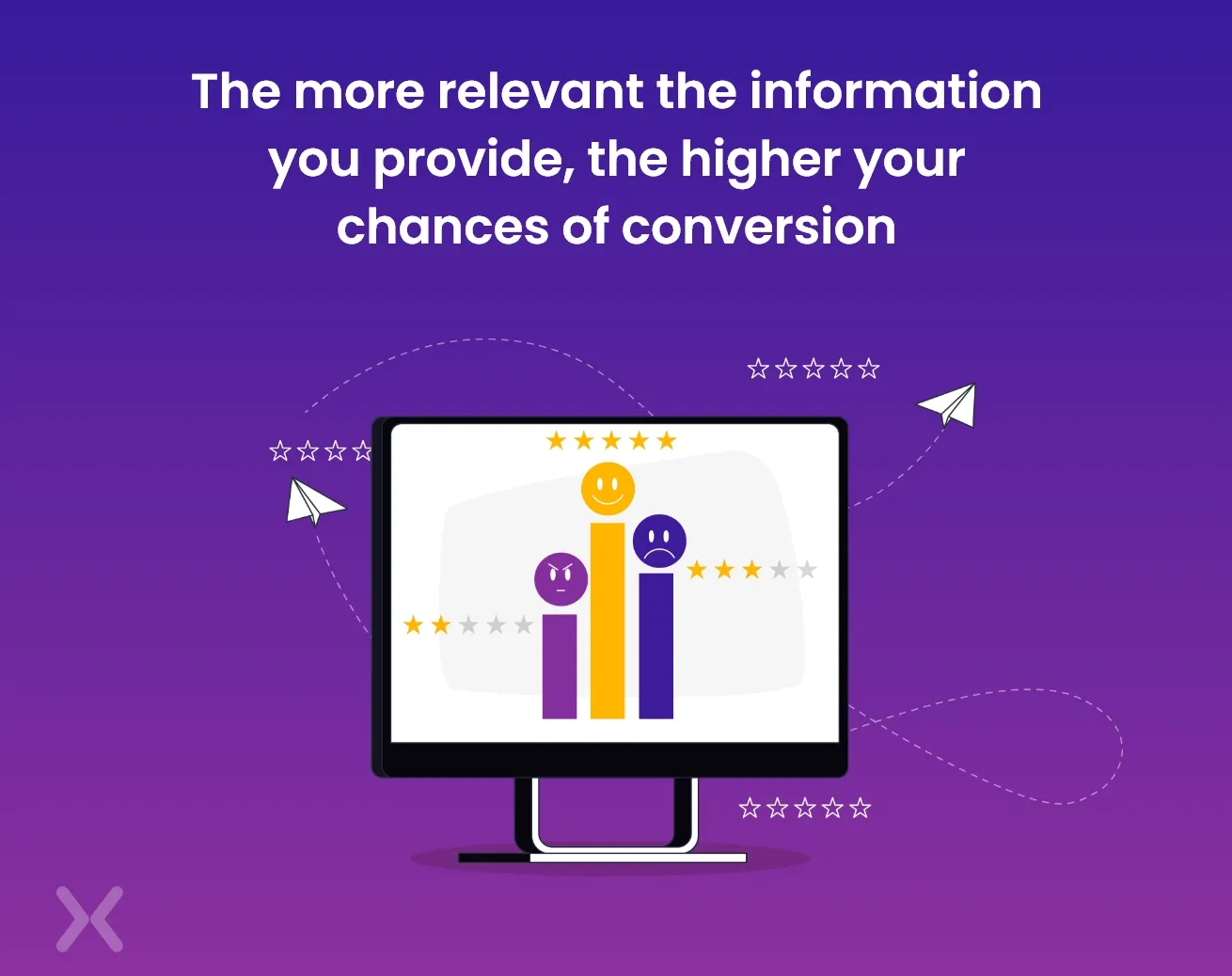
Whether or not your PPC landing page converts is a science - understanding the psychology of your users and sparking their emotions in a way that convinces them to convert.
Relevance is paramount. The more relevant the information you provide, the higher your chances of conversion. There are so many things that can affect the conversion rate of your landing page - authority, discounts, scarcity, social proof.
Today we’ll be discussing a few aspects of ad landing pages, as well as some questions you can ask to improve your landing page optimization results.

Paid search plays a very particular role in the customer journey - providing content for users to scope out their options. Getting people to click on your ad is just a tiny part of the whole marketing process.
The next thing they face is your landing page – a web page that you can build for the purposes of your promotional campaign. The success of this website will determine whether or not you accomplish your market objective.
Quality landing page design does not require titanic efforts, but some research is required. The methods you need to use will depend on your target demographic and the targets you set. After all, once you launch an SEO webinar, your paid search landing page shouldn’t look like a Mother’s Day gift page.
On the other hand, all high-converting landing pages have some standard features. You should be able to answer some questions in this article to make sure you are aware of the main aspects of a quality landing page.
A conversion can be whatever you need it to be - a download, a form submission, a video play, or a visit to the app store. However, your goal needs to be explicit so that it can be measured.
It’s also important to align your conversion goal with your ‘ask”. Too often, higher-ups want to promote demo requests on their paid search landing pages, which is the equivalent of proposing on the first date.
Be careful not to come on too strong. Smaller ‘asks’ are less intimidating. A simple ‘learn more’ will often perform much better.
Users often know what they want when it comes to e-commerce paid search. They’re looking for the best deal, free shipping, and coupon codes. Your ad copy and paid search landing page will do a lot of work to get them to buy.
For larger B2B landing page transactions, you need to provide content that offers the customer something of value. These conversions are slower and require a variety of decision-makers to weigh in.
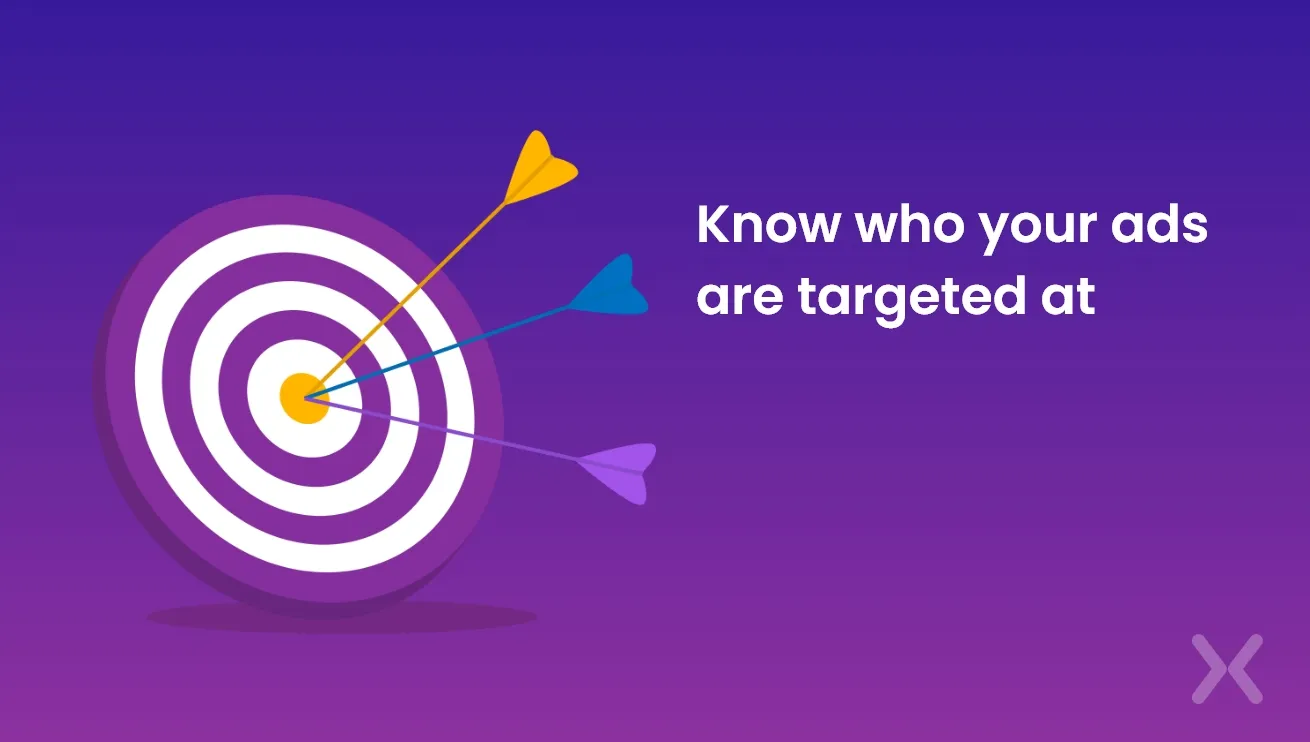
You’ve got to know who your ads are targeted at. Insight into your audience directs the message, landing page content, and targeting of your ad. Your PPC landing pages and ads will look very different if they target the CFO vs the CMO.
Echoing the above “request a demo” scenario, certain viewers may not have the authority within their organisation to request a demo. These users could be collecting sources to present a list of eligible choices for decision-making by the management team. It’s important to remember this when designing your paid search landing pages.
Do you have a particular solution that you want to advertise through a paid search?
This could be a product, a category, or a service that refers to a particular industry pain point. For example, if you’re selling time tracking software, your pay-per-click landing page should talk about your time tracking software’s advantages and selling points.
It’s important to split this out into digestible pieces of material. Speak about common pain points, how your product can relieve those pains, discuss high-level benefits, and use testimonials. Icons and graphics will make the page more appealing.
It is important to know your audience. Doing so will direct the conversion objective and the design of the paid search landing page.
If you’re a nice restaurant, for instance, searchers would probably be looking for a menu, address, and hours of operation. Make sure that the landing page addresses popular questions that your audience may have. These ideas will come from the input you’ve heard from your current clients.
Your landing page will make or break paid search results. To calculate your quality score, Adwords will reference your keywords, your ad, your landing page, and user behaviour on your landing page.
If the landing page is off-topic compared to your paid ad, visitors will bounce, the CPC will increase, conversion rates will decrease, and the rating score will fall. The landing page should be appropriate and user-friendly for driving conversions.
If your objective is landing page lead generation, you need to know that high bounce rates and low conversion rates go hand in hand with a strong ‘ask’. These symptoms can be remedied by softening them. Offering something like a white paper download vs a demo can make a difference in page effectiveness.
More available content also results in more time spent on your landing page and more action taken by users. You obviously want a robust collection of customer data, but asking for full name, address, email, business, and a checkbox is unlikely to engage. Keep things simple.
Google ad campaign success can be influenced by the awareness of your brand. Users are more likely to engage when they know who you are.
Example—You’re more likely to download Hubspot’s Social Media Marketing Guide if you’ve already seen Hubspot’s sponsored social posts, watched their Instagram story, or seen a Hubspot ad on your favourite marketing site. Small landing page user experience (UX) stuff can have an impact, too. Users are more likely to bounce if you badger them with pop-up deals, chatbots, and the like.
This is a big one. If your ad says, “Learn more about the most effective time monitoring tools for small marketing teams,” don’t just dump users on your homepage.
They need to be sent to a product-specific page providing the appropriate material for the ad. The page has to fulfil the promise of the ad.
Generating leads with paid search landing pages becomes much easier once you know what you’re doing. There are many elements that factor into successful landing page design, such as psychological factors, social proof, discounts etc. So if you’re designing a paid search landing page, we have a few dos and don’ts which should help you to improve your conversion rates.
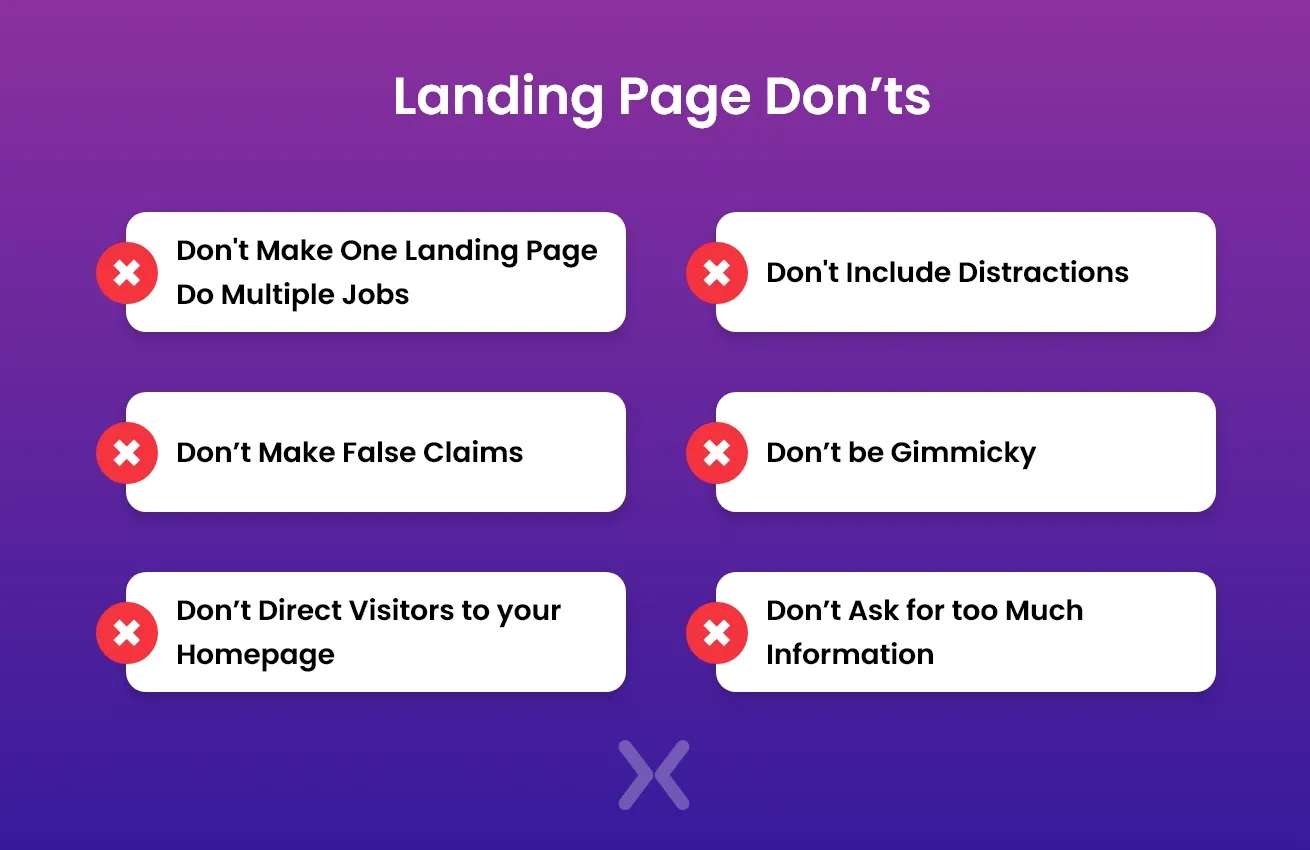
We’ve discussed this multiple times. Your landing page should not fulfil multiple purposes. Different types of landing pages have different goals. In B2C, this might mean purchasing your product or signing up for your service. In B2B, this might mean signing up for a webinar, downloading a product sheet, or sending an email address for more information. And this is it!
What you don’t want to do is ask for a prospect to convert, then look at the new service offering, read a blog post, and then learn how to get in touch with you and so on.
To do this well, you might need to create a bunch of landing pages, each with its own distinct intent. Although that might sound frightening, it might be worth your time as well.
And having five or ten landing pages is exponentially better than just one or two.
You want to make sure that your conversion route is free of distractions, such as links and buttons contained in navigation bars, footers, sidebars, etc.
When you have links or buttons to other pages on your web (or, worse, external sites!), you are encouraging the prospect to deviate from your carefully arranged conversion course and go elsewhere—and probably not come back!
Do not make false claims about your product or service or cross any moral lines. If you make false statements, it actually affects the reputation of your business. Also, Google does not accept statements that are meaningless or of no use whatsoever.
Do not use pictures or statements that are forbidden. An assertion like ‘losing 10kgs in a week’ is usually disapproved by Google. Instead, keep your statements accurate as far as the paid search landing page is concerned.
Don’t forget the tracking pixels needed to create a strong audience base for your paid search landing page. If you don’t have tracking pixels on the Google ad landing page, you won’t be able to assess how good your PPC campaign is. Also, create separate pages for target advertising so that you can get an accurate image of different metrics, such as page views, click-through rate, conversion rate, etc.
After your online prospects have clicked on your ad, don’t just take them to your home page. They clicked on your ad because it made them curious, or they found an answer to their needs. However, by bringing them to your homepage, they may lose interest as soon as they have not been deposited directly to a page about your product or service provided in the ad.
Most likely, they’re going to close the tab right away. For those who do spend time looking around, there is a lower probability of converting it because of the long time that has elapsed since clicking on an ad that was a “buying” signal.
Consumers today are very discerning, particularly as they can access almost any content they need on the web. So if your paid search landing page looks “scammy” or gimmicky, it can be a huge turn-off.
Creating effective landing pages is actually quite straightforward - state the facts, including testimonials, and use logos of your company’s accreditations. Make sure everything is verifiable. Doing so can go a long way to help reassure your prospects that your business is legitimate.
With today’s reality of identity theft, don’t ask for too much personal information if it isn’t completely necessary. For example, if you’re offering a free download of your ebook or a newsletter, don’t ask for their address - you’re going to scare people away.
Second, expecting a guest to take action and not delivering on your word is also asking too much. This is, in truth, a cardinal sin. An unhappy customer is likely to tell 10 people about his/her bad experience with your business, and with social media being what it is, bad reviews can travel very, very fast.
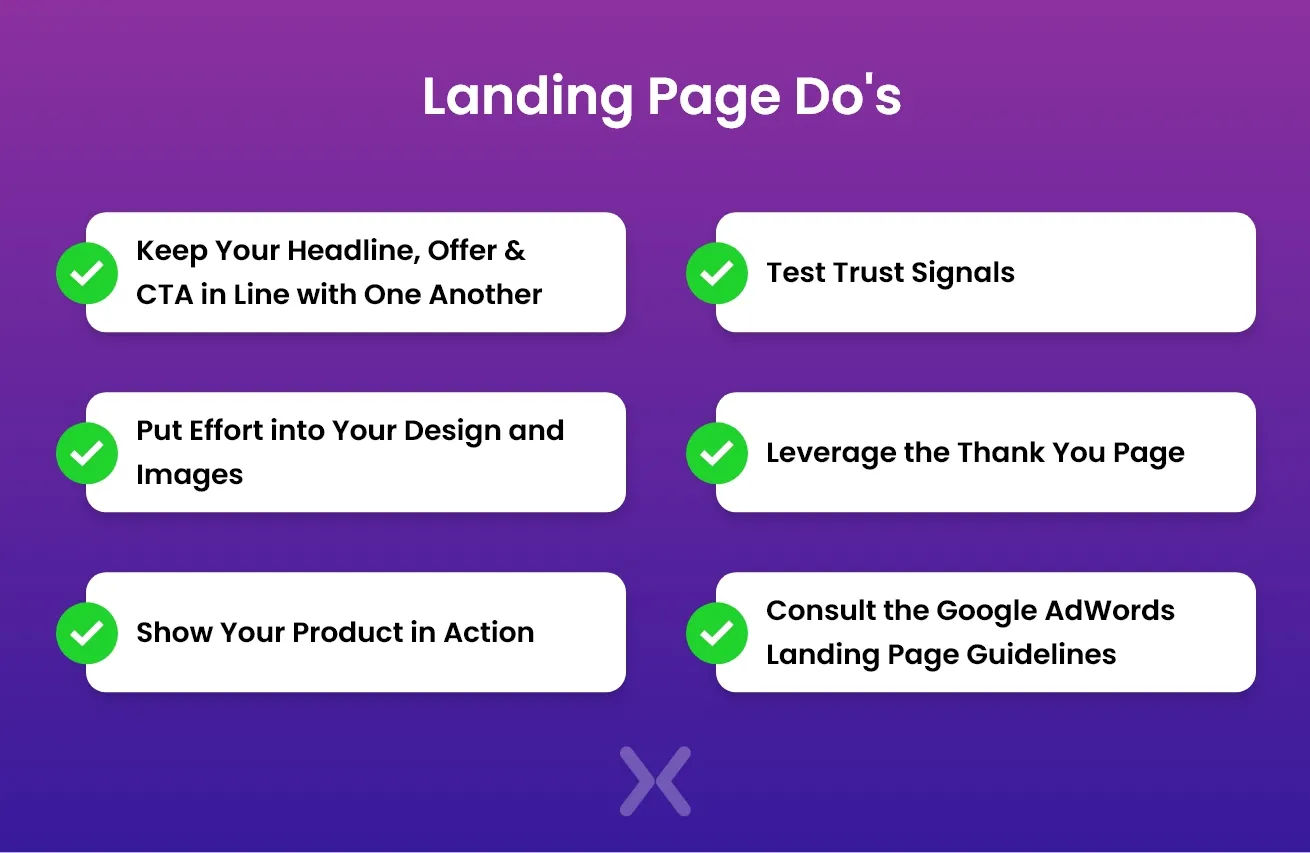
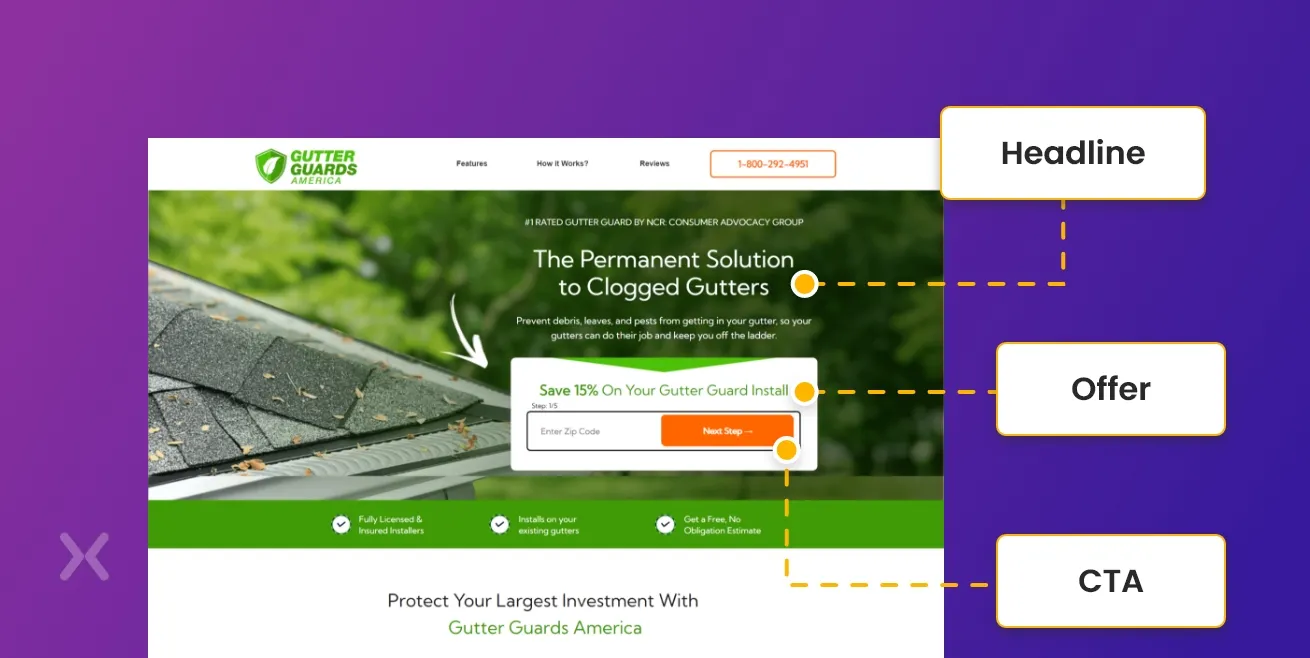
The headline of your paid search landing page, the call-to-action, and the offer should match with your ad copy. If all three of these aspects aren’t in line, the website’s conversion rate will suffer. Therefore, follow the same rules as the ad copy, concentrate on the customer, and talk about the benefit.

When designing your paid search landing page, each element needs to work together. For instance, if you’re selling a product, your landing page should provide product images and relevant information while maintaining a cohesive layout. Keep your layout simple and clean, and only use images and copies that are relevant to your end goal.
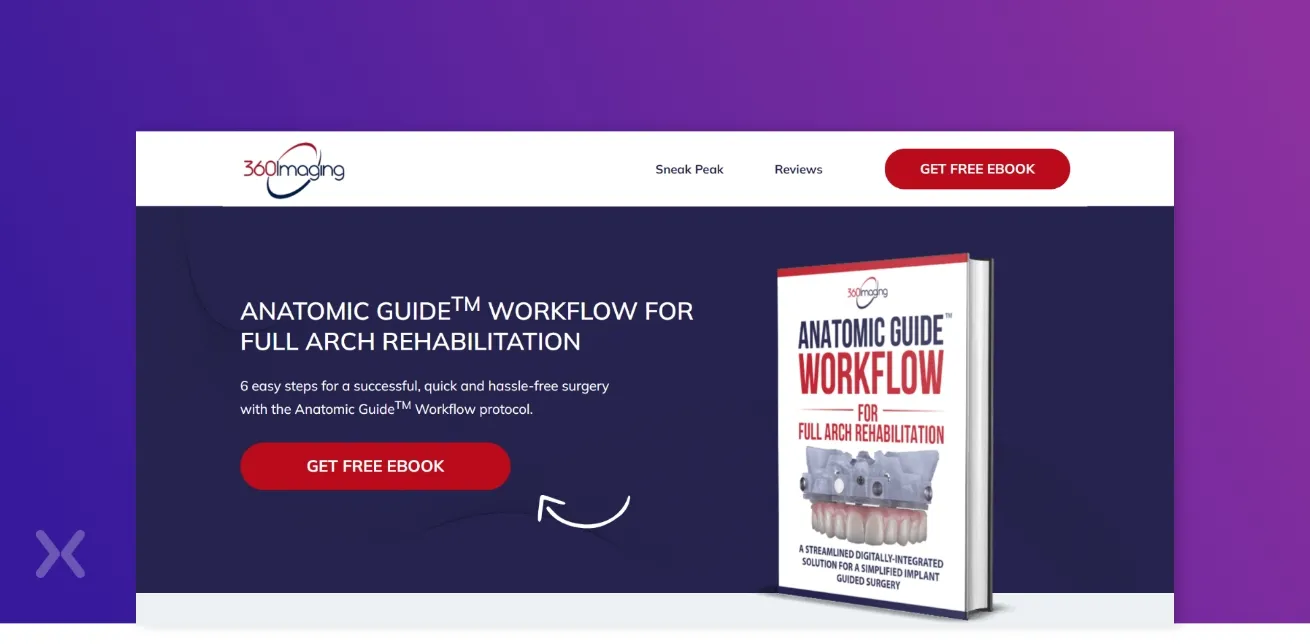
We’ve learned that seeing a product or service “in motion” can have a significant effect on landing page conversions. Videos offer one of the easiest ways to do this. Nothing is better than a video to illustrate or show off a hard-to-describe product or service.
But just because you’ve got a video or two, it doesn’t mean you need to add it to your landing page immediately. Just like with still images, you need to make sure any videos you add are relevant and provide value to visitors.

Trust signals can go a long way to convincing visitors that you’re worth working with. Anything from written or video testimonials to trust seals and accreditation can do the trick. You don’t even need that many. Just one or two really good trust signals can make all the difference, especially if your brand is less well-known.
Though it’s not something that every landing page needs, it’s definitely something you should be testing.
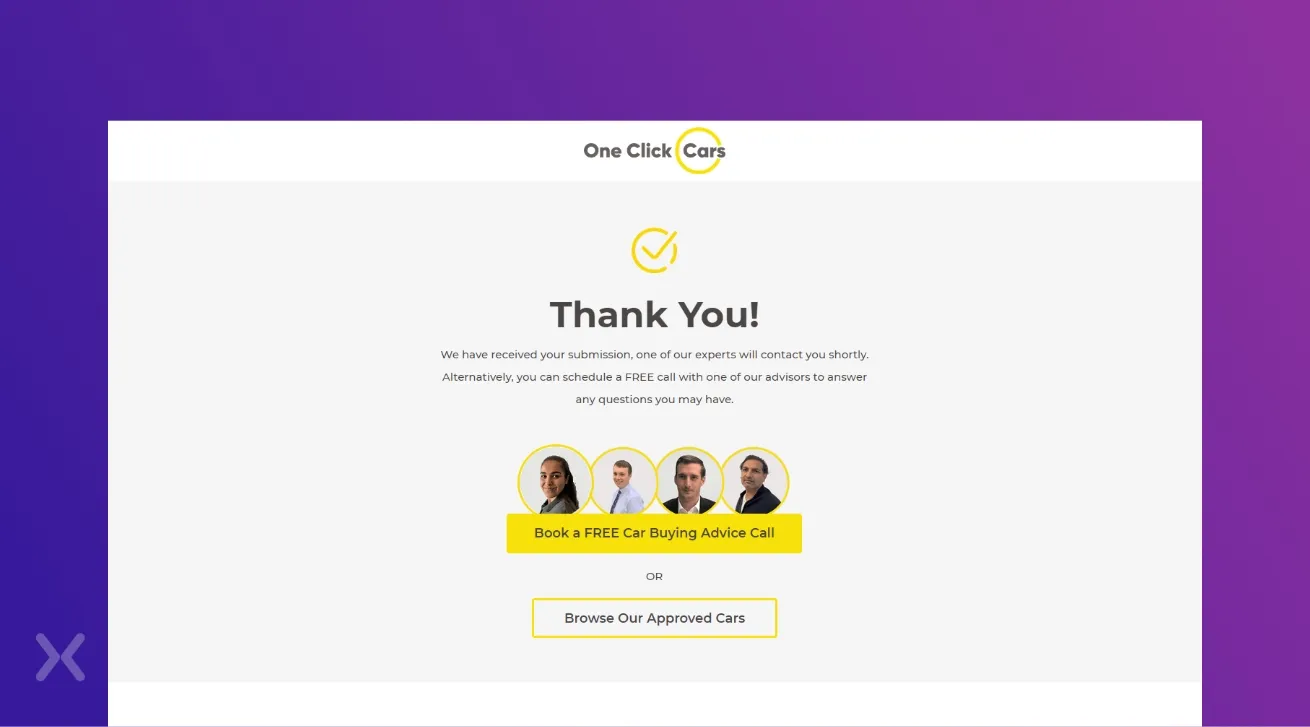
Don’t forget to express your thanks! Not only is it the polite thing to do, but it’s also something you can use to your benefit. So go beyond a quick pop-up. Instead, build a new thank you page that provides more value. Insert any of the links and tools that you wanted to use but couldn’t.
Just because you’ve got what you wanted (a conversion) already doesn’t mean that you have to end the conversation.
Once you’ve taken the initial, technical steps to create an effective landing page experience, you can start to expand your content, build trust and promote transparency. Consult the AdWords PPC landing page best practices and guidelines to help you improve your quality score and drive more conversions.
Creating the perfect landing page for your PPC campaign is simple once you know what main elements you need to integrate into it. Pay attention to the dos and don’ts and make sure to optimise your website for mobile and pay attention to design. Your goal should be to turn a visitor into a potential customer. So, follow these simple steps if you want to create a successful and profitable paid search landing page for your website.
At Apexure, we specialise in creating bespoke landing page designs that drive conversions. We combine expertise, industry knowledge, and design to get you and your company results. Contact us today!
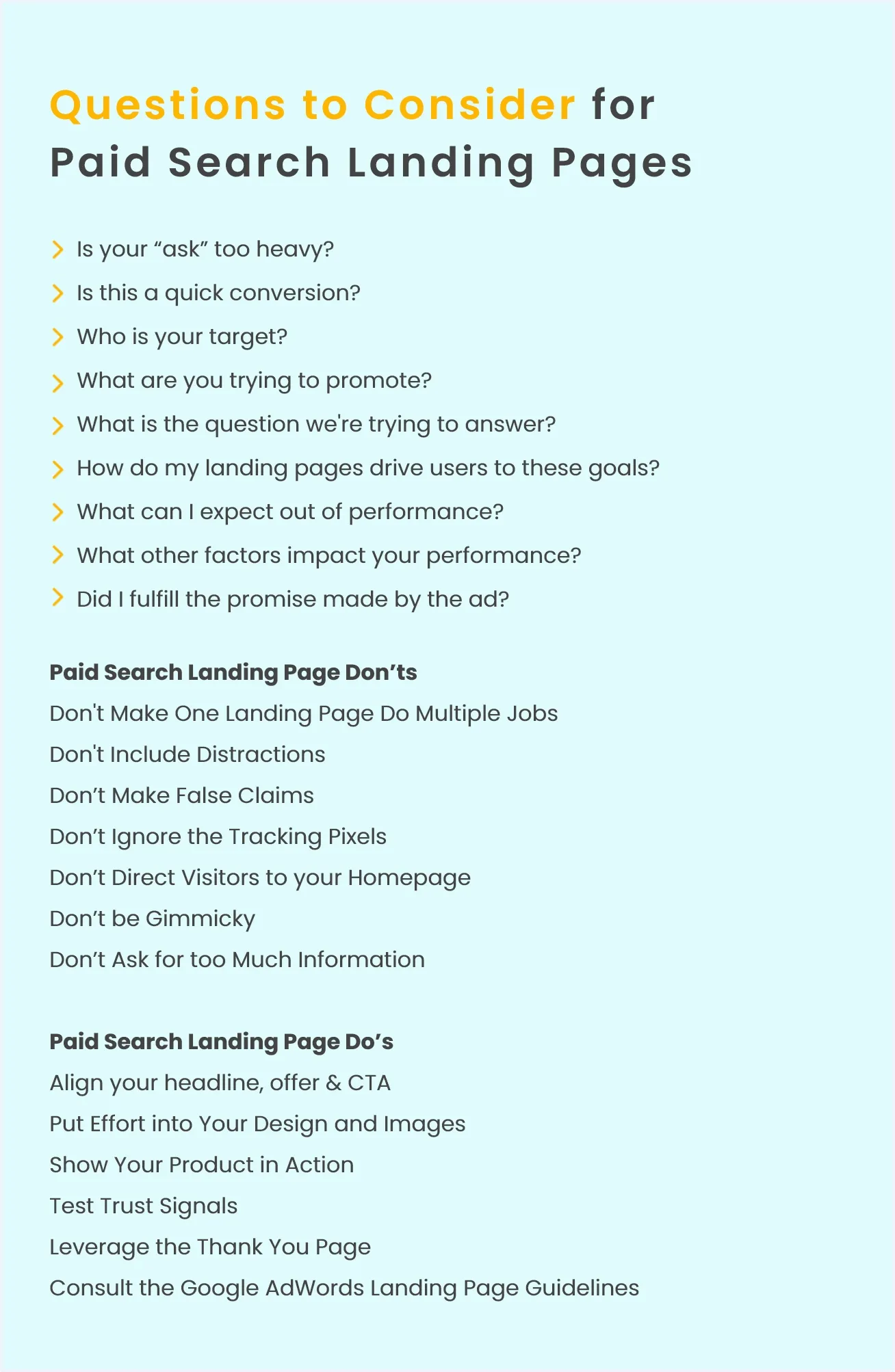
Related Articles:
Drive More Sales or Leads With Conversion Focused Websites and Landing Pages
Get Started.png)
A free trial landing page is essential for introducing your product to the right audience and bringing them...
Landing pages with payment gateways can help you maximize your sales opportunities. Having a streamlined payment process is...
Get quality posts covering insights into Conversion Rate Optimisation, Landing Pages and great design